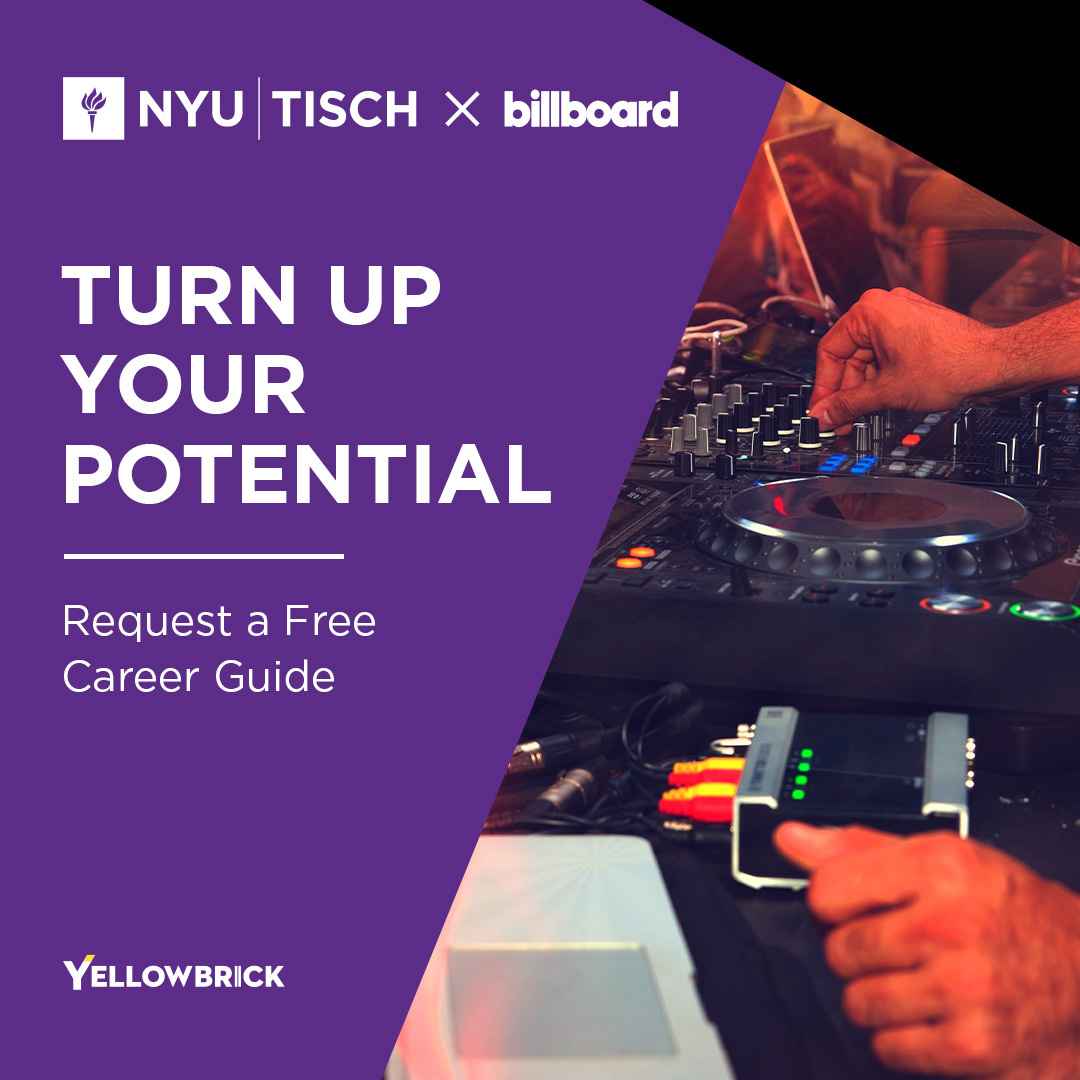[wdm_vimeo_gform_overlay]
Streaming and digital platforms have changed the music industry. However, royalty calculation and distribution have been a point of contention, especially among independent musicians that don’t know how to navigate the process. Jeff Rabhan, Music Industry Essentials contributor, explains how digital distribution has changed music.
Watch the full video to learn about:
- How royalties are calculated
- How to collect from digital platforms
- Other ways to generate money
Getting Started
Once you’ve registered your songs on all digital platforms, how do you generate money? The answer is really simple. Your music is working if your songs are registered, and you’re getting plays on the different services. This is true for Spotify, Apple Music, Tidal, and even traditional radio. If you’ve done the proper documentation, those agencies will work on your behalf and pay you.
Rabhan is aware of the murkiness around payouts from digital platforms that may frustrate artists. “I hear people say, ‘Oh, I’m not really making any money, I haven’t gotten really that many plays. So how much money will I make if I get X amount?’ But unfortunately, there is no clear answer. There are different rates for linear and different rates for terrestrial radio. There are also different rates for nonlinear. So we’re in the midst of discussions about raising the rates,” he explains.
However, knowledge is an artist’s greatest asset. “One thing we know for certain in music education is that this is the way that people are consuming music nowadays. This is the way that people listen to music. Interestingly, YouTube is one place where people go to listen to music. So you generate royalties with plays on YouTube as well. Sure, it may take a good number of spins to really see some significant income, but that’s up to you to market, promote and support your musical efforts to build your audience and your fan base,” says Rabhan.
Getting Paid
Every streaming service has a different rate by which they pay, and it’s usually based on a million streams. The royalty is a certain amount of money per million streams. “The distributor that you selected is the one that will kick those checks back to you,” Rabhan explains. Every distributor is different. Some distributors allow you to negotiate a deal when you submit a song, and some will not.
“I think a lot of [the distribution process] is becoming more transparent, which is great. As a result, people get their money faster than ever before,” says Rabhan. “For most of these distributing music services, it’s a huge priority for them. They make it easy and fast and get these artists their money. That’s the most important priority for them. That’s such a change from where we’ve come from, where we used to be. So the speed at which people are getting paid nowadays is a lot faster overall, and that’s an amazing improvement.”
Still, Rabhan understands that aspiring artists may have reservations. “When people say, ‘I don’t have the numbers so that nobody will pay attention to me.’ Or if you don’t have a million streams on any streaming service, nobody’s going to care. That’s not necessarily true. Great quality and the fuel to be a long-term career artist both take time. So keep these in mind as you continue your online music education,” he says.
“Sometimes, it takes ten years to get to that point. You see many people seemingly just blowing up out of nowhere, and sometimes they do,” Rahban explains. “Oftentimes, they’ve been at it for five, seven, ten years behind the scenes, and you just didn’t know about it.”
Stay the Course
“I think that artistry can’t be based on numbers. It’s based on soul, feeling, and quality. So if you’re trying to be an artist that’s still around in two decades, you need to keep plugging away at the music and being the best you can be,” Rabhan encourages. “There are many folks out there with 900 followers right now that is amazing. They’re going to get noticed because they’re going to continue to put out amazing work, and the work will speak for itself.”
If you don’t have many followers or many streams yet, don’t feel discouraged—Rabhan’s 20-plus years in the music industry are a testament to his working ethic and longevity. “Success means lots of different things now. You don’t have to be either a millionaire or anything. You can be a hundred-thousandaire now and go on small city tours and own a house,” Rabhan explains. “Or you make music for a living and sustain a lifestyle. That hasn’t always existed. So there are a lot of tiers to success now, and there’s not just one way to do it.”
Explore Other Revenue Streams
There’s a lot of money touring and selling your merch while you’re on tour. So there’s a lot of value in performing overall. There is monetary and marketing value because that is an artist’s chance to connect with an audience.
“I think the internet’s great, and social media is great. It might work for you to stream from inside your house. But it’s not going to be the same as getting in front of people,” says Rabhan. “There’s something very special about being that close to someone who’s performing and just being pulled in by them. That loyalty gets fostered. They’re likely going to continue to stream and buy merch and come back if you move them, and that’s priceless.”
For more on digital distribution and other careers paths in music distribution, download Yellowbrick’s Ultimate Music Career Guide.





